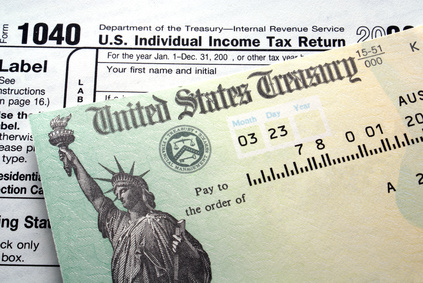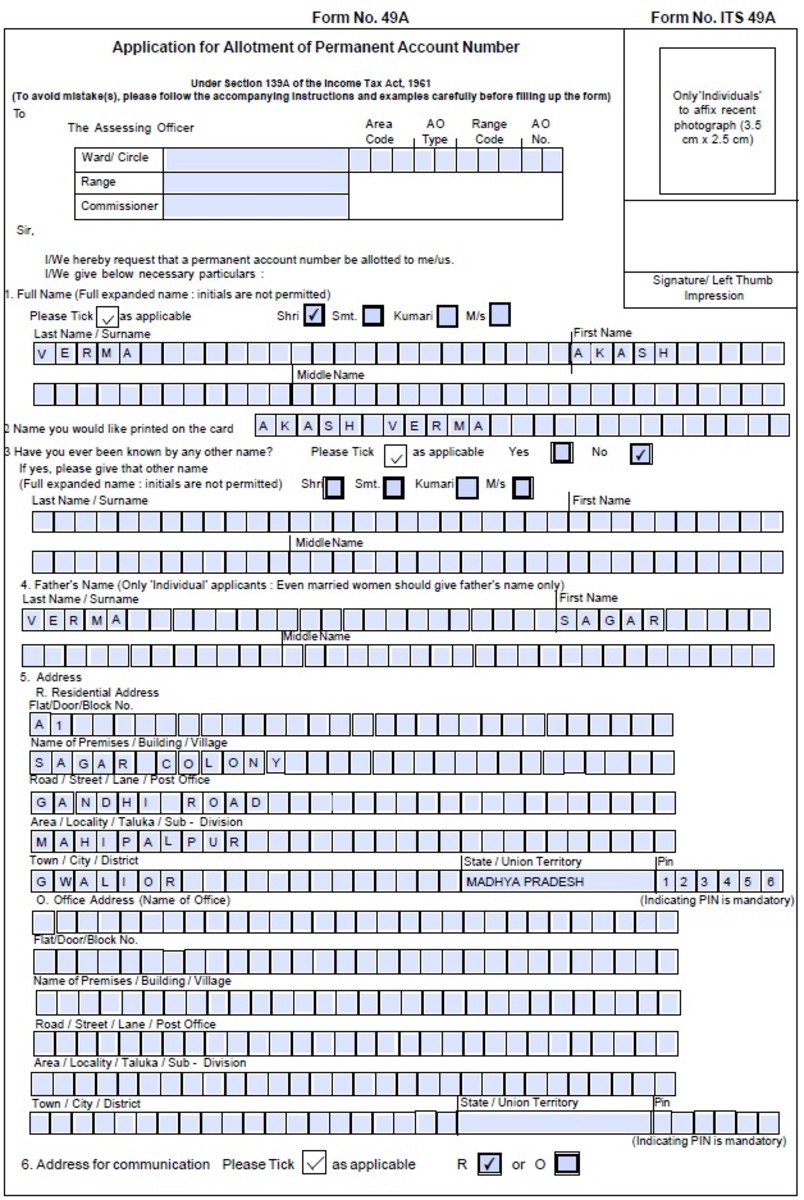What is Better, a Tax Deduction or a Tax Credit?

Exemptions, Deductions, and Credits can reduce your tax liability.
Personal exemptions, deductions, and credits can decrease your tax liability and potentially increase your tax refund. Personal exemptions and deductions decrease your taxable income and your tax liability.
Tax credits directly decrease your tax liability, dollar for dollar. A refundable credit can result in a tax refund even when you have no income tax liability or paid no income tax.

Personal Exemptions
The tax code allows a personal exemption for you and your spouse, (if filing married filing jointly). You receive an additional exemption for each of your dependents (dependency exemptions). For 2017, each exemption is worth $4,050. For 2017, a family of four would decrease their taxable income by $16,200.
Taxpayers with low incomes or large families can reduce a significant portion or possibly all of their taxable income. Once your taxable income reaches zero, additional exemptions (or deductions) are of no value.
Note: If a person you claim as a dependent on your tax return has to file their own tax return, that person cannot claim a personal exemption on their own return.
For 2018, with the new tax law doubling the standard, personal exemptions will be eliminated.
2017 Standard Deductions
Filing Status
| Standard Deduction
|
|---|---|
Single or MFS
| $6,350
|
Head of Household
| $9,350
|
Married Filing Jointly
| $12,700
|
Tax Deductions (Standard Deduction)
Like personal exemptions, tax deductions, decrease your taxable income. Probably the best known deduction is the standard deduction. Tax payers may take the standard deduction rather than itemizing allowable deductions.
For 2017, the standard deduction for single or married filing separately taxpayers is $6,350, $9,350 for head of household taxpayers and $12,700 for married filing jointly taxpayers. An additional standard deduction is allowed for each taxpayer age 65 or over and for blind taxpayers.
In 2018, the standard deduction will almost double to $12,000 for single filers and $24,000 for joint filers. Personal exemptions will be eliminated in 2018.
Special Note: For 2017, High income families (married filing jointly) will have the value of their personal exemptions and standard deduction phase out with incomes over $313,800 ($275,000 for head of household, $287,650 for single, and $159,900 for married filing separately tax filers).

Tax Deductions (Itemized Deductions)
An alternative to using the standard deduction for your filing status, taxpayers can use Schedule A to deduct certain expenses allowed by the IRS code. Schedule A is divided into sections. It isn't often that a taxpayer would have entries in all of the sections. Also, for many taxpayers, the total of their itemized deductions is less than their standard deduction.
The first section of Schedule A is for the deduction of medical expenses that exceed 10% of your adjusted gross income (AGI).
The second section involves deductions for taxes, such as state, local, real estate, and personal property taxes. In lieu of deducting state income taxes, taxpayers can opt to deduct sales tax (helpful if you live in a state that has no state income tax such as Florida). If you don't own property, you wouldn't have any real estate tax to deduct.
The third section is for deducting mortgage and investment interest as well as points and mortgage insurance premiums (not home owners insurance). If you don't own a home or real estate and have a mortgage, this section will not help you.
The fourth section is for charitable donations. Cash donations can be deducted up to 50% of your income. Non-cash items can also be deducted, but they have stricter requirements for documentation.
The fifth section is for deducting casualty and theft loses.
The sixth section is for deducting work related and miscellaneous expenses in most cases to the extent they exceed 2% of AGI.
While many taxpayers make out better with the standard deduction, by using tax strategies and for taxpayers with higher incomes, taxable income can be significantly reduced by itemizing deductions.
If you fall into the Alternative Minimum Tax (AMT), you will not be able to deduct the taxes in section 2 and there can be some restrictions on the mortgage interest that you can deduct.
In the past, high income earners have had their itemized deductions reduced. While this is not the law currently, there is interest in renewing this reduction.

Tax Credits, Refundable and Non-refundable
Exemptions and deductions decrease your taxable income, tax credits decrease your tax liability, dollar for dollar.
- Non-Refundable Credits:
Non-refundable tax credits can reduce your income tax to zero, but if you have more credit than you have tax liability, you do not get the extra credit refunded back to you.
Examples of non-refundable tax credits include:
- Child tax credit.
- Child and dependent care expenses.
- Retirement Savings Contribution Credit
- Lifetime Learning Credit
- Residential Energy Credit
- Foreign Tax Credit

- Refundable Credits:
Refundable tax credits can also reduce your income tax to zero, but excess credits will be refunded back to you. Even if you have no tax liability or have not had any tax withheld from your income, you can still get a refund.
Examples of refundable tax credits include:
- Additional Child Tax Credit
- Earned Income Credit
- American Opportunity Credit
The Bottom Line
Credits are better than deductions because they decrease your tax liability dollar for dollar. Refundable credits are best because, even after they reduce your tax liability to zero, any left over credit is refunded back to you.
The best strategy, use exemptions and deductions to get your taxable income and your tax liability as low as possible. Use tax credits, particularly refundable tax credits, to get your tax liability to zero (or less and get some of the tax credit as a refund).
Disclaimer:
Any federal tax or tax planning information provided above or linked to this article is not meant to be specific to any particular individual or situation. Anyone who wishes to apply this information should first discuss it with an accountant or tax professional to determine its appropriateness or how it specifically applies to their unique situation.
© 2012 Mark Shulkosky








